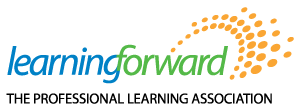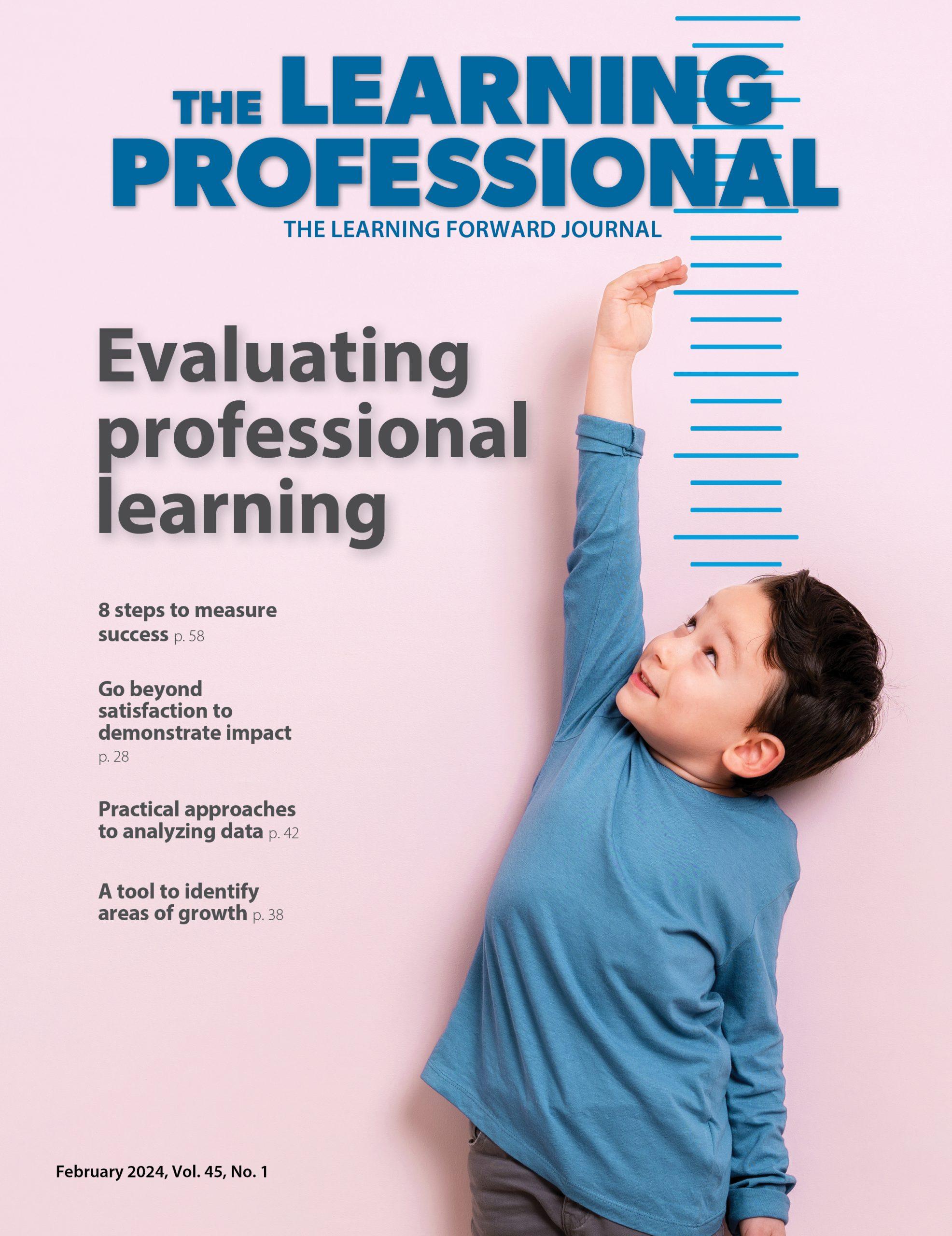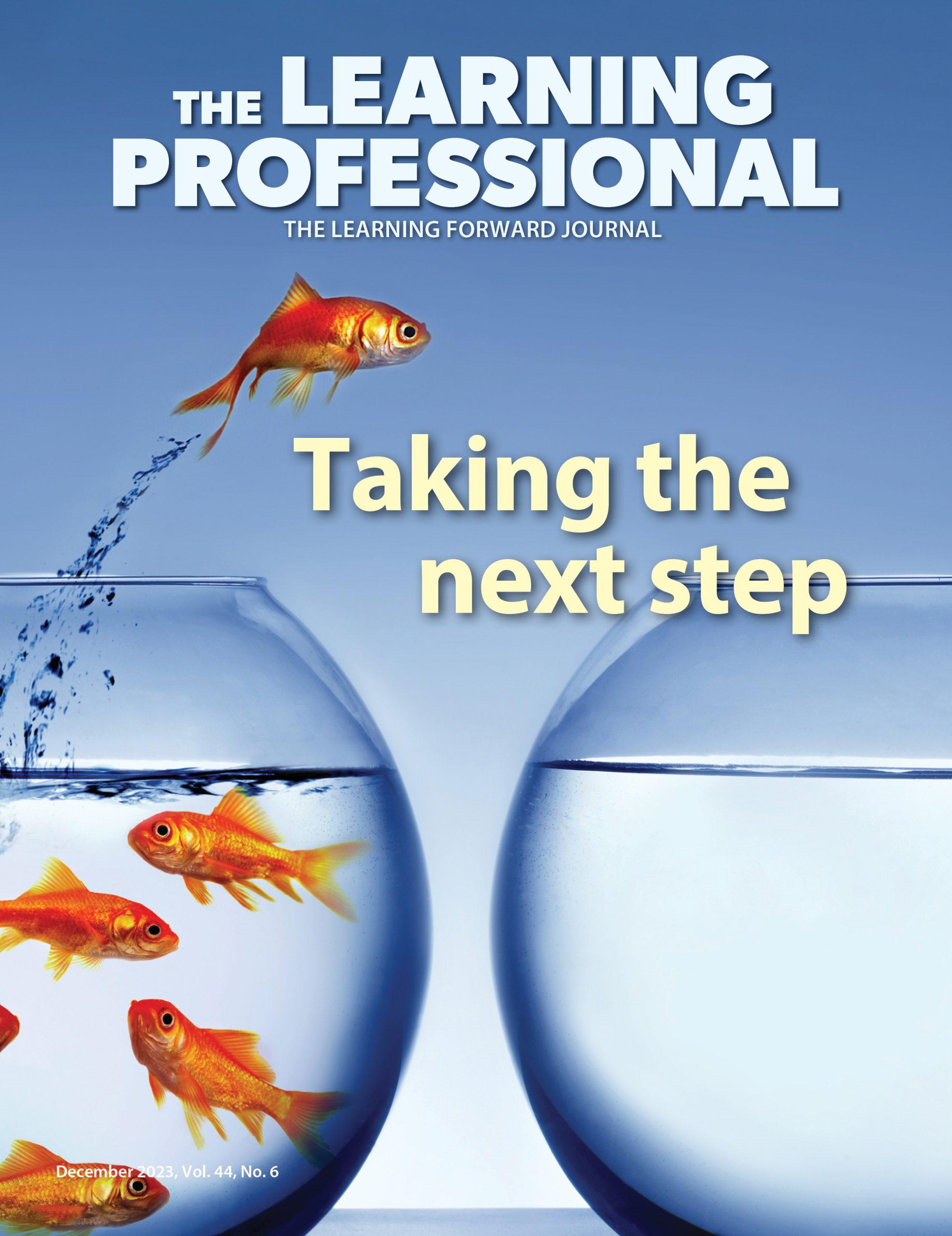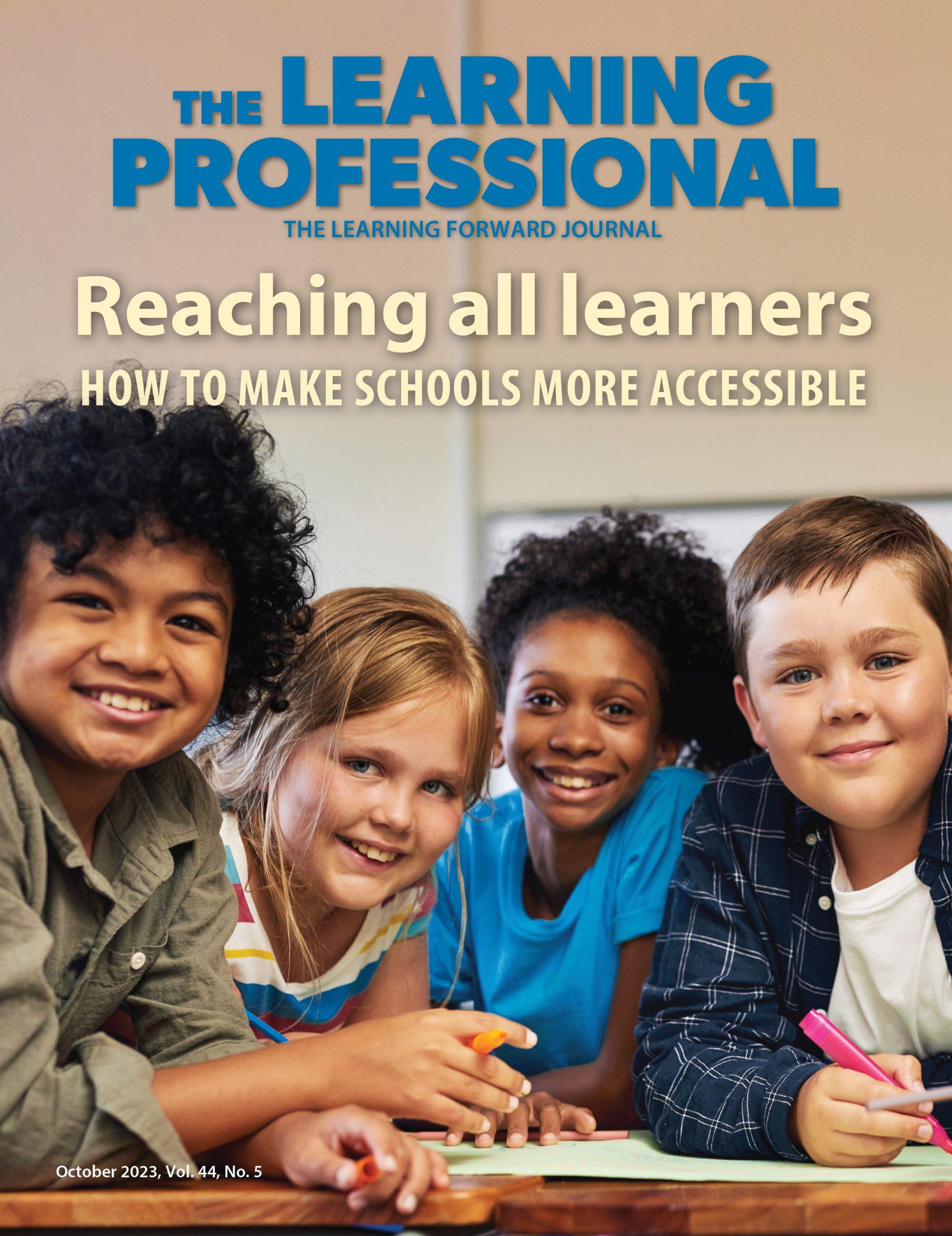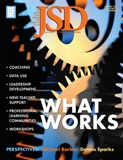
What works
January 2009
Read the remaining content with membership access. Join or log in below to continue.
Sed ut perspiciatis unde omnis iste natus error sit voluptatem accusantium doloremque laudantium, totam rem aperiam, eaque ipsa quae ab illo inventore veritatis et quasi architecto beatae vitae dicta sunt explicabo. Nemo enim ipsam voluptatem quia voluptas sit aspernatur aut odit aut fugit, sed quia consequuntur magni dolores eos qui ratione voluptatem sequi nesciunt. Neque porro quisquam est, qui dolorem ipsum quia dolor sit amet, consectetur, adipisci velit, sed quia non numquam eius modi tempora incidunt ut labore et dolore magnam aliquam quaerat voluptatem.
In This Issue
ARTICLES
Please Do Disturb: 3 Ways To Stir Up Groups And Increase Their Effectiveness
Collaborative teams, much like weather systems and national economies, are composed of independent but interrelated elements making up a whole. They are organized by nonlinear feedback mechanisms that are continuously responding to other elements in the system.
Reach for the heart as well as the mind
Individuals and organizations have an amazing capacity to maintain their current beliefs and practices in the face of massive, well-intentioned efforts to change them.
Workshops
Extend learning beyond your presentation with these brain-friendly strategies.
Professional learning communities
We can all agree that the purpose of schools is student learning and that the most significant factor in whether students learn well is teaching quality.
New teacher support
New teachers need help. From day one, new teachers, largely on their own, are responsible for running a classroom and ensuring student learning, as well as fulfilling administrative requirements.
Leadership development
Karen Waldrop is on her way to a graduate class offered for teacher leaders by a local university in partnership with her school district. As she leaves her school, she exchanges greetings with her principal, who is just returning from a half-day of mentoring training.
Data use
In July 2006, eight members of the Marylin Avenue Elementary School leadership team from Livermore, Calif., arrived at the annual Education for the Future Summer Data Institute in Chico, Calif., eager to learn how to employ data-driven decision making to change their school. Data-driven decision making is the process of using data to inform decisions to improve teaching and learning.
A little guidance on the path to success
I am surrounded by long-distance runners, people who love to race and set goals and meet them. I attend enough marathons to have a well-worn spectator routine and a series of vocal exercises to get myself in shape for serious cheering.
Coaching
In the past decade, interest in the form of professional learning loosely described as coaching has exploded.
What works, works everywhere
JSD: In your work preparing the McKinsey report, How the World’s Best-Performing School Systems Come Out on Top, you found that several policies and approaches delivered superior results for students. Can you describe those?
Start with the passion that fuels a teacher's soul
Ihad a conversation recently with a friend, a former English teacher now working at the district level providing staff development geared towards creating alignment in the language arts curriculum. Alignment […]
Before Deciding What To Do, Determine What Is Necessary
NSDC Scholar Laureate Shirley Hord received a request recently from a superintendent who wanted to make professional development more stimulating for the principals and teachers in his school system. He came to NSDC looking for specific strategies that would engage his principals and teachers. While we were able to point him in the direction of strategies that could be helpful, the call made both of us stop and think.
Review The Essential Ingredients For Adult Learning
Do we stop to review the standards and the Innovation Configurations as our roles change, making sure we are not neglecting an essential ingredient in our work?
Recent Issues
EVALUATING PROFESSIONAL LEARNING
February 2024
How do you know your professional learning is working? This issue digs into evaluation purposes, methods, tools, and results.
TAKING THE NEXT STEP
December 2023
Professional learning can open up new roles and challenges and help educators thrive in them. This issue shows how that benefits staff and students alike.
REACHING ALL LEARNERS
October 2023
Both special education and general education teachers need support to help students with disabilities succeed. This issue highlights how professional learning can help ensure that all students’ needs are met.Read […]
THE TIME DILEMMA
August 2023
Prioritizing professional learning time is an investment in educators and the students they teach. This issue explores a variety of strategies, tools, and mindsets to make every minute count.Read the […]
